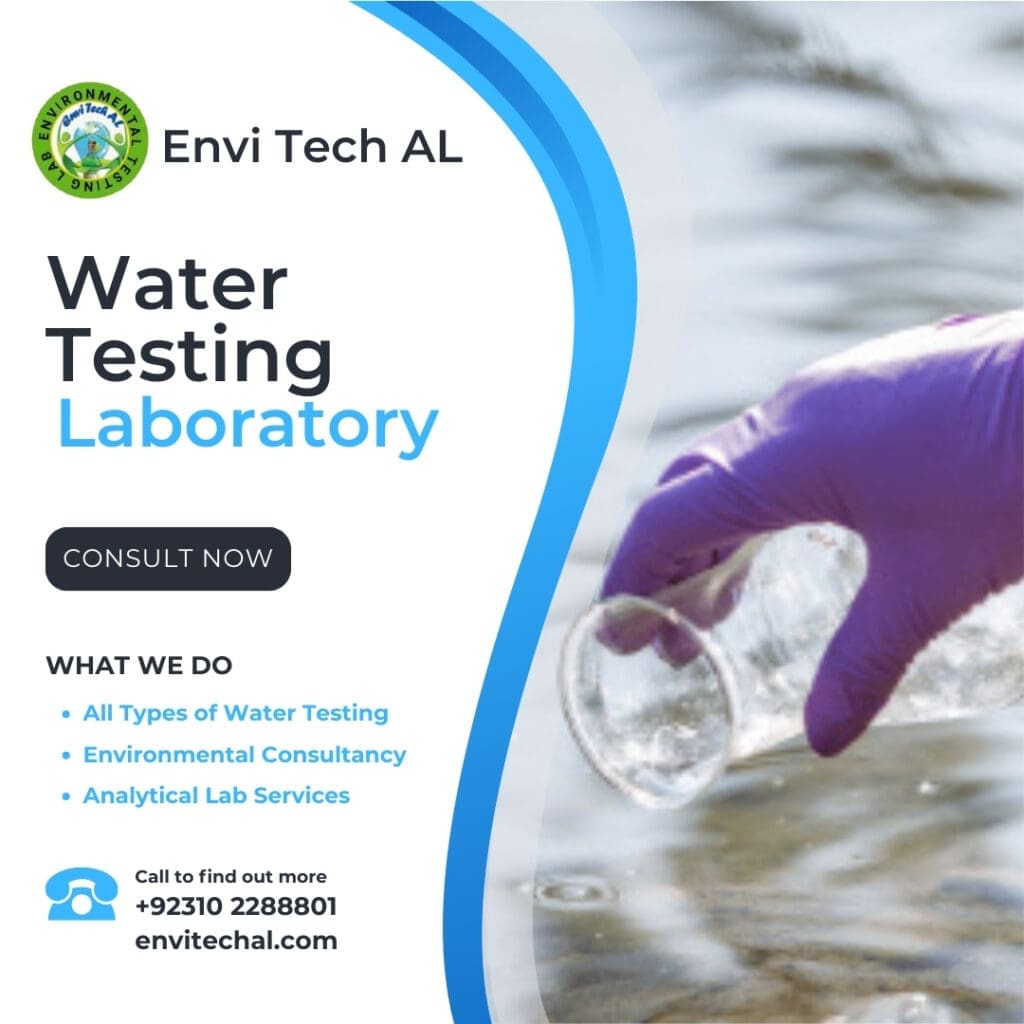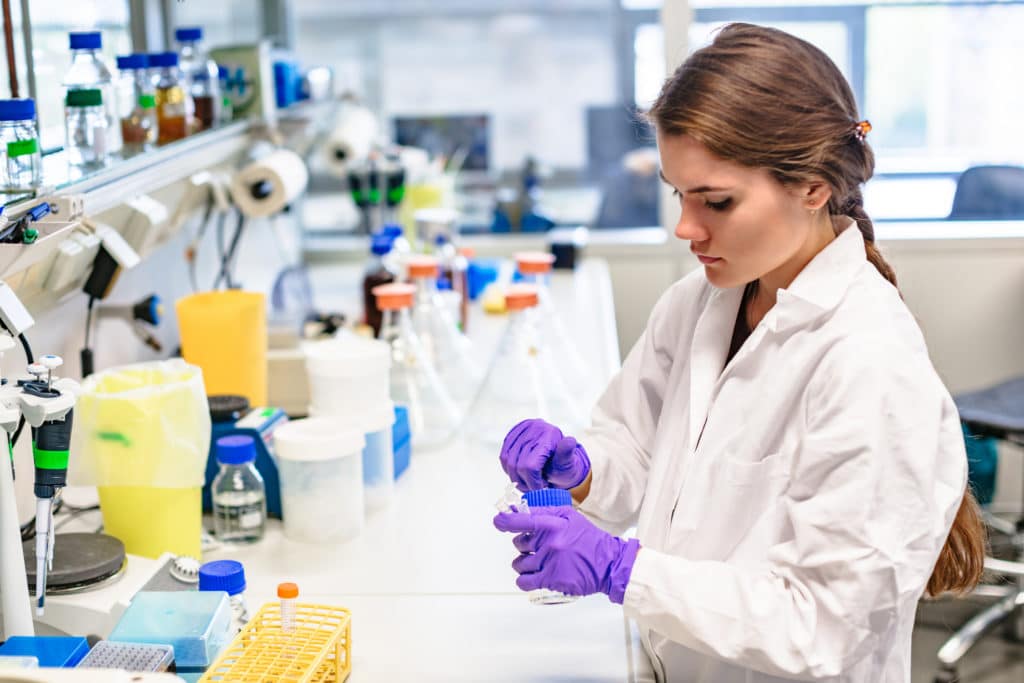The Relevance of Deciding On Water Testing Services Tampa for Your Health
The Relevance of Deciding On Water Testing Services Tampa for Your Health
Blog Article
Discover What Is Consisted Of in Water Evaluating and Exactly How It Makes Sure Safe Alcohol Consumption Water
Recognizing the intricacies of water screening is pivotal in ensuring the quality and safety of our drinking water. Through a meticulous examination of physical, chemical, and microbiological aspects, water testing identifies possible impurities that can posture health and wellness risks. From the existence of hefty metals to dangerous bacteria, each test part plays a vital function in preserving the stability of our water. Advanced strategies like chromatography and spectrometry improve the precision of these analyses. Just how do these procedures equate into the governing structures that guarantee safety in our day-to-day usage?
Trick Parts of Water Screening
Water testing is an essential process that includes numerous key elements to make certain the safety and quality of alcohol consumption water. In addition, guaranteeing the pH equilibrium of water is essential, as it impacts the water's corrosiveness and the effectiveness of sanitation procedures.
One more significant component includes microbiological analysis, where water examples are checked out for the visibility of microbes such as bacteria, viruses, and protozoa. This analysis is crucial to determine organic threats that could present health risks if consumed. Additionally, chemical analyses are carried out to discover inorganic and organic compounds, such as heavy metals, nitrates, and chemicals, that may be existing in the water.

Detecting Dangerous Pollutants
Spotting harmful pollutants in drinking water is an essential aspect of guarding public wellness. This procedure entails identifying possible risks that can endanger the quality and safety and security of water materials. Contaminants can range from microbes such as microorganisms, viruses, and protozoa, to not natural substances like lead, arsenic, and nitrates, in addition to organic toxins consisting of chemicals and industrial chemicals. Each type of impurity postures distinctive wellness risks, making their detection crucial to guarantee the water taken in by the public is secure.
Water testing for pollutants is typically carried out by regulatory firms and water energies, utilizing a mix of field sampling and research laboratory evaluation. These analyses are developed to discover both normally occurring substances and anthropogenic contaminants that might have gone into the water system with farming drainage, industrial discharge, or maturing infrastructure. Routine surveillance is important, as contamination levels can rise and fall due to environmental modifications, seasonal variations, or human tasks.
The identification of dangerous impurities educates required activities, such as water treatment interventions or public advisories, to alleviate dangers. Early discovery is crucial to avoid damaging wellness impacts, varying from intestinal health problems to long-lasting conditions like cancer cells, consequently making sure the proceeded safety of alcohol consumption water.

Chemical Analysis Methods
In the realm of making certain secure alcohol consumption water, chemical analysis methods play a critical duty in determining and quantifying impurities. These methods are crucial for identifying a vast range of chemical materials, including hefty metals, chemicals, and industrial pollutants, which can present significant health and wellness risks. Methods such as atomic absorption spectroscopy (AAS) and inductively coupled plasma mass spectrometry (ICP-MS) are frequently used to measure trace levels of metals like mercury, lead, and arsenic. These instruments supply precise quantification, promoting conformity with regulative criteria.
Gas chromatography-mass spectrometry (GC-MS) is another vital strategy, specifically for natural substances. It divides intricate combinations and identifies semi-volatile and volatile organic compounds, guaranteeing that toxins like benzene and toluene are within safe limits. High-performance liquid chromatography (HPLC) is similarly utilized for non-volatile substances, consisting of particular pesticides and pharmaceuticals.
Ion chromatography is employed to determine concentrations of anions and cations, such as nitrates and sulfates, which are pivotal in assessing water quality. These chemical evaluation methods collectively guarantee that drinking water remains secure by identifying inconsistencies from established purity standards, consequently securing public health and wellness. Guaranteeing precision and precision in these tests is extremely important to preserving the stability of water safety assessments.
Microbiological Examining Techniques
Precise microbiological testing is essential for protecting public wellness by making sure that drinking water is without unsafe microorganisms. This procedure entails discovering and enumerating microbes such as germs, infections, and protozoa that may contaminate water materials. Typical pathogens consist of Escherichia coli, Giardia, and Cryptosporidium, each positioning substantial health and wellness threats.
A number of methods are used in microbiological testing to recognize these dangers. The membrane layer filtering strategy is often made use of, involving water travelling through a filter that captures germs, which are after that cultured to identify their visibility and concentration. The multiple-tube fermentation method makes it possible for the metrology of coliform bacteria utilizing a collection of dilution and incubation steps.
Improvements in technology have introduced molecular strategies such as polymerase domino effect (PCR), which enables the quick and highly particular detection of microorganisms by intensifying their genetic product. Enzyme-linked immunosorbent assays (ELISA) likewise supply a method to discover virus by recognizing specific proteins or antigens.
These varied techniques are crucial for comprehensive water quality evaluation, making certain that water therapy processes work which circulation systems keep safety and security. By using these microbiological screening methods, potential carcinogen can be determined and reduced immediately.

Relevance for Public Wellness
Making certain the microbiological safety and security of alcohol consumption water directly impacts public health by preventing the spread of waterborne conditions. Pathogens such as bacteria, infections, and protozoa can cause health problems like cholera, dysentery, and intestinal infections (Well water testing services). The execution of detailed water screening procedures is vital in determining and alleviating these risks, hence securing communities from possible episodes
Regular water find more information screening not only detects microbial impurities however additionally assesses chemical and physical criteria that might affect health and wellness. For example, too much levels of nitrates or hefty metals such as lead can present major wellness dangers, specifically to susceptible populaces like infants and expectant women. By useful source determining these threats early, water testing makes it possible for timely treatments, guaranteeing the water remains within risk-free intake standards.
Additionally, water testing plays a vital duty in maintaining public confidence in local water systems. For plan manufacturers and wellness authorities, the information derived from water testing informs choices on framework financial investments and public wellness approaches, making sure sources are routed where they are most needed.
Conclusion
Water screening acts as an important system for making sure the security and quality of drinking water via thorough analysis of its physical, chemical, and microbiological properties. By detecting unsafe impurities, such as heavy metals and chemicals, and using sophisticated techniques like chromatography and spectrometry, water screening helps with the identification of potential health and wellness risks. The execution of strenuous screening protocols is important for keeping conformity with safety criteria, eventually protecting public wellness and strengthening confidence in municipal water supply.

By recognizing these hazards early, water testing makes it possible for timely treatments, ensuring the water supply remains within risk-free intake criteria.
Water screening serves as an essential mechanism for guaranteeing the security visit this website and top quality of alcohol consumption water via comprehensive assessment of its physical, chemical, and microbiological properties.
Report this page